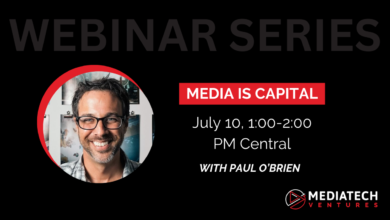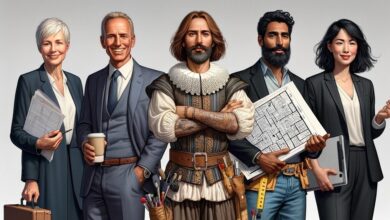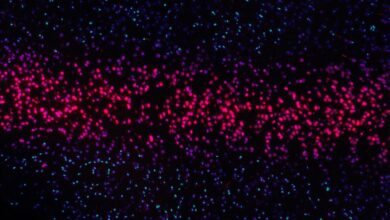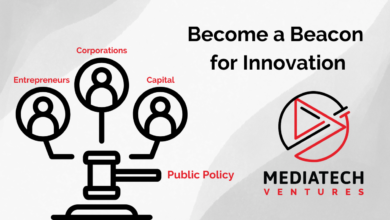Intelligent Photographs

Computer science today is pushing the boundaries of what’s possible in media; and more tangible than the excitement for blockchain, AR, or monitization is the simple fact that the internet continues enabling data in ways never before possible.
I caught on a flight to Naples, Florida, an article (in print) about a Civil War era enthusiast who happens to work in biometric artificial intelligence.
Rest assured, I chuckled a bit at reading in print an article about artificial intelligence in digital photography. It isn’t online but kudos to American Way Magazine and Boyd Farrow for uncovering the story of capturing the stories of Civil War photos.
Kurt Luther, Boyd Farrow reports, discovered a photo of a great-great-great Uncle at Pittsburgh’s Heinz History Center in 2013. He’s the Director of the Crowd Intelligence Lab at Virginia Tech and one of the foremost computer scientists working with photographs thanks to his epiphany that there are millions of historic photos of faces with no names. That discovery, of Corporate Oliver Croxton, changed his life and led to the launch of Civil War Photo Sleuth in collaboration with the Virginia Center for Civil War Studies.
Using a cutting-edge facial recognition technology, Civil War Photo Sleuth is working through an estimated 4,000,000 portraits of Union solders. The software developed maps 27 facial identifying marks and references them with identified photos in the growing database of digital photos for which “meta data” is in place to establish who, when, where, and more. In time, names are matched to faces.
Artificial Intelligence in Photography
We’re in an era of unprecedented innovation in media and while we’re enamored by the buzzwords of the future, it’s the fact that the models and technology to append and mine data for photos and film already exist, that we’re about to witness a revolution of the knowledge base in historic archives. Classic films, old photographs, historians, museums, and more are able to, relatively easily as never before, turn to technology to answer questions to once thought unsolvable mysteries.
Barton Rollert has been studying what’s known as Applied Innovation in Visual Mediums for more than a decade.
“A picture may worth a thousand words but it’s technologies like AI and Blockchain for Media that will tell us what those words actually are. Investing in and supporting media technology that extracts, enriches, and distributes the deep knowledge of visual interests contained in images and video uncovers untold stories, while educating and inspiring like never before.”
 Images have a story to tell and it’s in the data that those stories are enriched for everyone.
Images have a story to tell and it’s in the data that those stories are enriched for everyone.
One such story was unveiled as I sat in the audience of an incredible session with Doug Nye. Unveiled as Doug shared a thought, that “the human brain is programmed to recognize familiar faces,” were his words visually represented. Graphic facilitator Sophia Lang, from Graphic Footprints, helped crystallize this notion of the story and data in images, by taking Doug Nye’s talk on the very subject in the other direction – turning the story into pictures.
I’m at the 10th Biennial Meaningful Car Symposium at Revs Institute in Naples, Florida. I’ve shared previously, personally, an experience my family and I had with the work of Revs Institute, in exploring how the automobile fosters our creative and entrepreneurial spirit. Nye, author of more than 70 books on motor racing history, is in front of the symposium gathered now, sharing how detailed examination of historic photographs and film can be used to address a multiplicity of provenance, and restoration questions, about specific automobiles from throughout history.
As his story unfolds, so too does Sophia Lang’s interpretation of it. And as they both unfold a story of the information in images, the story they’re telling is how important it is that we capture and preserve historic and meaningful automobiles, by way of the story and data that can be found in photographs.
In a shared mission to preserve the future of the past, Doug notes that “the art of photography becomes critical in informing us, so that we can capably present cars and restore them.” Racing enthusiasts recognize Mario Andretti, car enthusiasts and historians recognize meaningful cars, computer scientists turn photos of Union soldiers from the Civil War into archives of data that bring to live the stories once thought lost.
Photographs are unlocking and preserving history; if we’re ready and willing to support the technology making it possible.
“The challenge before us, in the application of AI to historic photos, is that the individuals passionate and experienced with that which we’re working to preserve, are passing on.” I had a chance to catch up with Franklin Eddy, Vice President of Engineering with Collecting Arts, “The time to do this is now, as the technology is available and the historians available to train the models built on ready to go technology.”
“The beauty of CWPS is that the more people use it,” noted Civil War Photo Sleuth Kurt Luther, “the more information gets added, leading to more identifications.”
Photographs have a meaningful story to tell and today, we can help them realize that story and preserve the past for the future.






